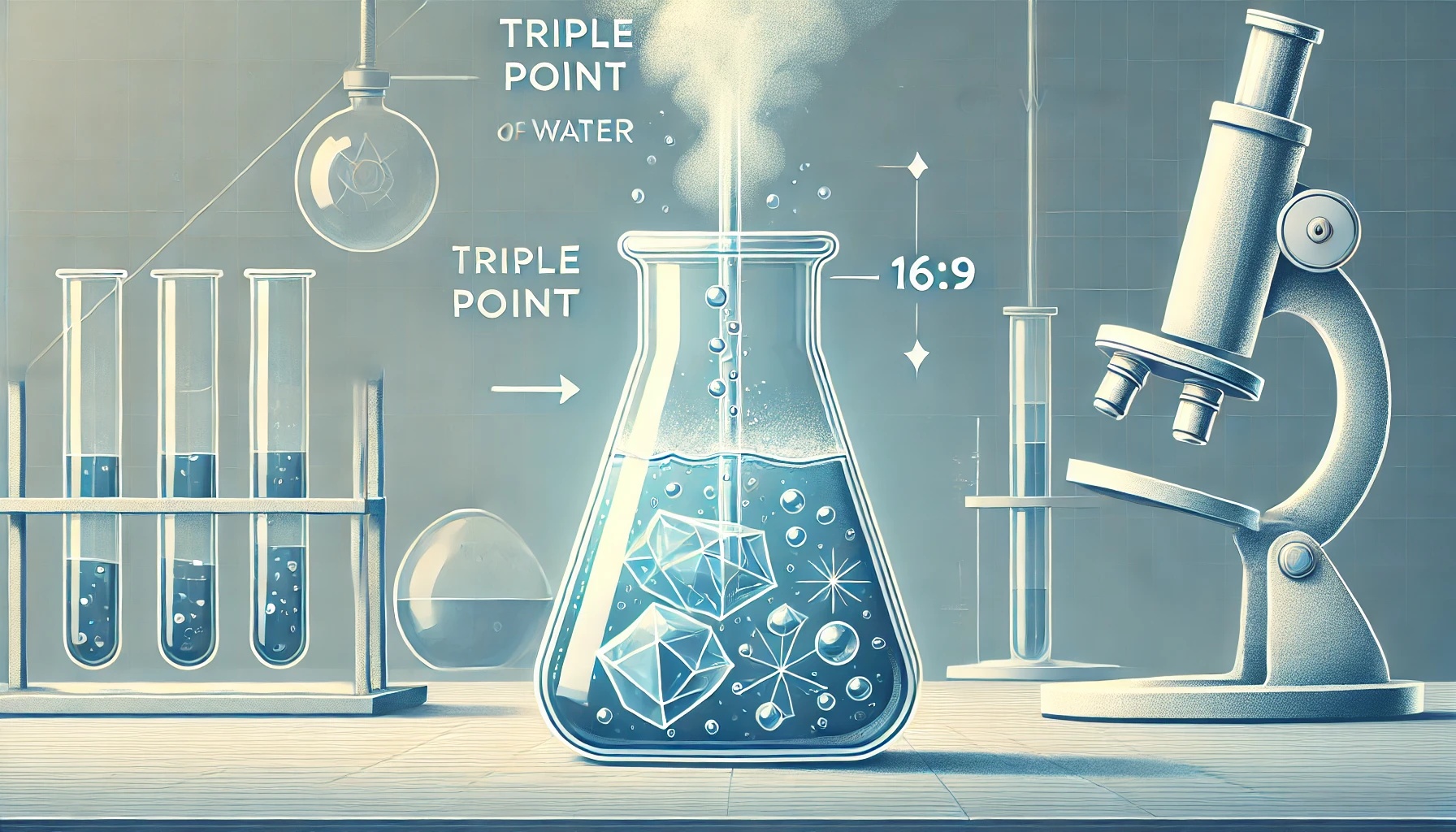Why Water Can Boil and Freeze Simultaneously: Mind-Blowing Science
Prepare to have your mind blown! Did you know that water can boil and freeze at the same time? This isn’t a sci-fi plot—it’s a real, scientifically proven phenomenon called the triple point. It’s one of those moments in science that feels almost magical. Let’s explore how this works and why it’s so extraordinary.
The Astonishing Triple Point: When Water Defies Logic
The triple point is a unique condition where water exists as a solid, liquid, and gas—all at once. This rare event occurs at an exact temperature of 0.01°C (32.018°F) and a pressure of 0.006 atmospheres (611.657 pascals). At this precise combination of factors, water doesn’t behave as we’d expect. Instead, it transitions seamlessly between its three states, creating a truly mind-boggling effect.
Why Water Shouldn’t Be Able to Do This—but It Does
Water boils and freezes simultaneously because of the delicate balance between temperature and pressure at the triple point. Here’s how it works:
- Boiling: At ultra-low pressure, water molecules gain enough energy to escape into vapor, even near freezing temperatures.
- Freezing: At the same time, the low temperature causes other molecules to lose energy and solidify into ice.
This extraordinary event happens because the energy in the system is perfectly balanced, allowing water to exist in all three states simultaneously.
Can You See the Triple Point in Real Life?
Observing the triple point requires precise conditions, typically created in a laboratory. Scientists use vacuum chambers to lower pressure and stabilize temperature, making this phenomenon visible.
While it’s unlikely to witness this in your daily life, you can see similar effects in high-altitude environments. For example, water boils at lower temperatures in mountainous regions because of reduced atmospheric pressure, hinting at the principles behind the triple point.
Why the Triple Point Matters in Science
The triple point of water isn’t just a fun fact—it’s a cornerstone of modern science. Here’s why:
- Defining Temperature: The Kelvin temperature scale uses the triple point of water as a fundamental reference point.
- Engineering Applications: Understanding phase changes is critical in designing refrigeration systems and pressure chambers.
- Space Exploration: In the vacuum of space, the triple point helps scientists study how substances behave in extreme conditions.
This phenomenon demonstrates the incredible complexity of something as simple as water.
Fun Fact: Other Substances Have Triple Points Too
Water isn’t the only substance with a triple point. For example, carbon dioxide reaches its triple point at -56.6°C (-69.88°F) and a pressure of 5.11 atmospheres. Each material has its own unique conditions where solid, liquid, and gas coexist.
Final Takeaway: The Magic of Science
The triple point of water is a perfect example of how science can surprise and amaze us. While it might not happen in your kitchen, it’s a phenomenon that shows how extraordinary the natural world can be. The next time you think water is “just water,” remember it can boil and freeze at the same time under the right conditions!



Post Comment